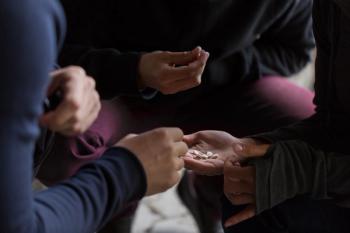
Race matters with vitamin D and anemia
Although vitamin D insufficiency is associated with anemia in healthy US children, threshold levels vary with race, a new study finds.
Although vitamin D insufficiency is associated with anemia in healthy US children, threshold levels vary with race, a new study finds.
Researchers at the Johns Hopkins Children Center, Baltimore, Maryland, conducted a cross-sectional
They found that children with levels of vitamin D at less than 30 ng/mL were at almost twice the risk for anemia as those with normal vitamin D levels, and those children with levels of vitamin D at less than 20 ng/ml were at about 50% increased risk.
Perhaps more interestingly, the investigators found that black children have higher rates of anemia than white children (14% vs 2%, respectively) and have considerably lower vitamin D levels overall, but their risk for anemia does not rise until their vitamin D levels drop far lower than those of white children.
The investigators say the findings suggest that thresholds for supplementation may need to be revisited.
Anemia affects about 1 in every 5 children at some point during their journey to adulthood, according to
The researchers were careful to explain that although a strong association exists between vitamin D and anemia, their findings do not show a causal link. They are also not certain of the mechanism by which vitamin D affects hemoglobin and the development of anemia.
The study was funded by the
To get weekly clinical advice for today's pediatrician,
Newsletter
Access practical, evidence-based guidance to support better care for our youngest patients. Join our email list for the latest clinical updates.








